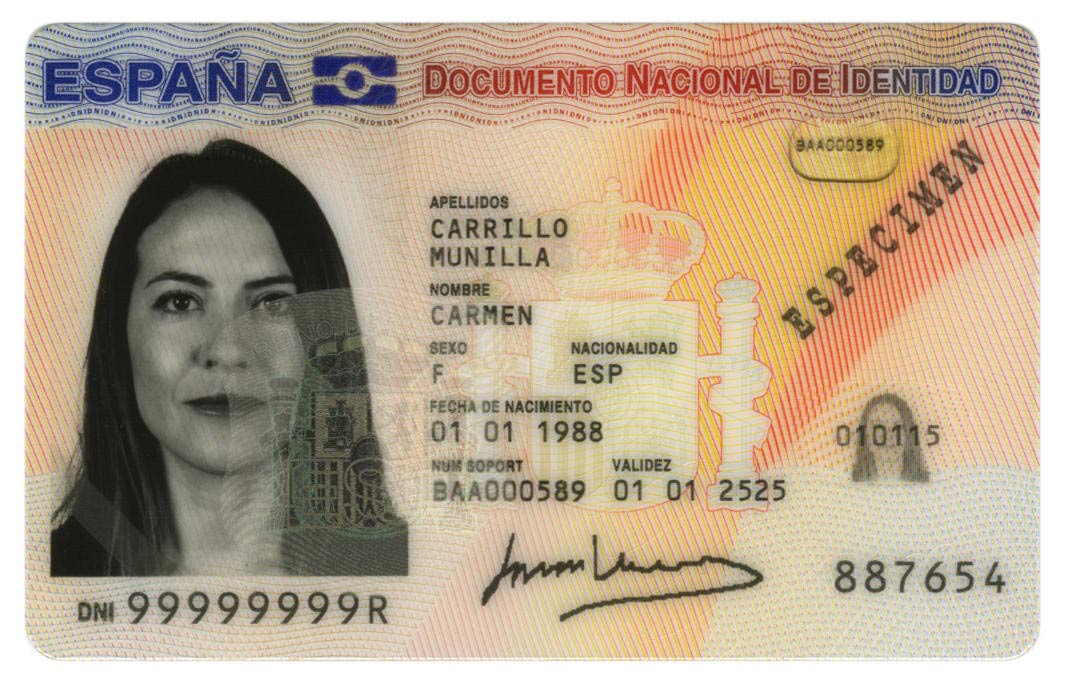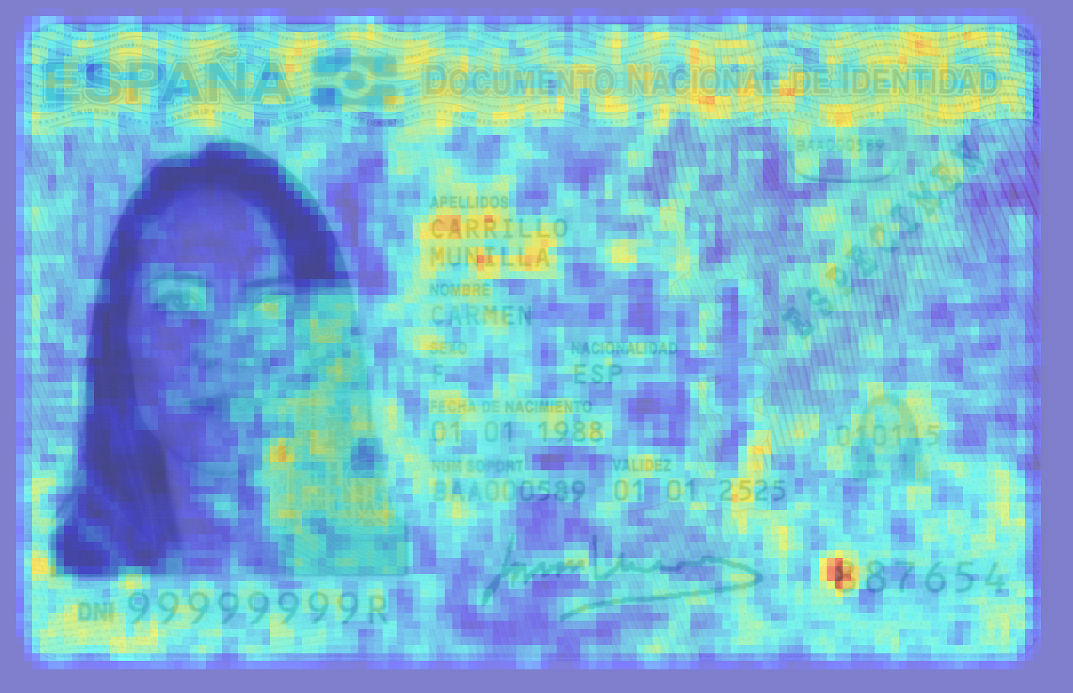Fawrensian
How does it work?
Are you able to spot any forgery in the image below?


FAWRENSIAN produces a heat map, also known as a forgery map, that reveals inconsistencies in the image. But where do these inconsistencies come from?
Commonly, the elaboration of credible forgeries in a JPEG image with any image editing software (e.g., Photoshop, Gimp, etc.) requires at least a second compression after the one applied during the acquisition process. FAWRENSIAN first evaluates the presence of double JPEG compression traces to verify the integrity of the image, and, in case of a positive detection, FAWRENSIAN builds up a heat map that highlights the probability that each 8×8 pixels block of the image has been tampered with.
↖ Play with the slider to see what FAWRENSIAN automatically tells us.
Comparative Analysis



Click to see the original image



Solution 1 (click to flip)



Fawrensian (click to flip)



Solution 2 (click to flip)
FAWRENSIAN provides additional information in case of detecting double compression traces, such as a list of compatible camera models that might have been employed during the acquisition process, as well as an estimate of the quality factor applied during the first compression.
FAWRENSIAN performs a smart analysis of saturated regions in the image under analysis to minimize false positive detections in the forgery map by statistically recovering the most likely value of the pixels belonging to a given saturated region.
Finally, the design of FAWRENSIAN meets the standard practice required in forensic science, ensuring that the derived algorithm is explainable, which is essential to guarantee the credibility of FAWRENSIAN in any legal context and also to establish its limitations.

Request a folder, a demo, or a quote